10 Best Herbal Essential Oils For Osteoarthritis

Herbal essential oils have gained attention for their potential therapeutic benefits in managing osteoarthritis, a degenerative joint disease characterized by inflammation and pain.
Oils such as lavender, eucalyptus, and turmeric are commonly used due to their anti-inflammatory and analgesic properties. These essential oils can be applied topically through massage or diluted in a carrier oil to reduce joint pain and improve mobility. Some studies suggest that aromatherapy with these oils may help alleviate symptoms by reducing stress and promoting relaxation, which can indirectly ease arthritis-related discomfort.
However, while promising, more clinical research is needed to fully understand their efficacy and safety in treating osteoarthritis.
FREE Herb Drying Checklist
How to make sure every batch retains maximum flavor, color, and aroma without the risk of mold or over-drying. Eliminate guesswork and trial-and-error, making herb drying faster, easier, and more efficient every time.
Table of Contents
1. Curcuma longa
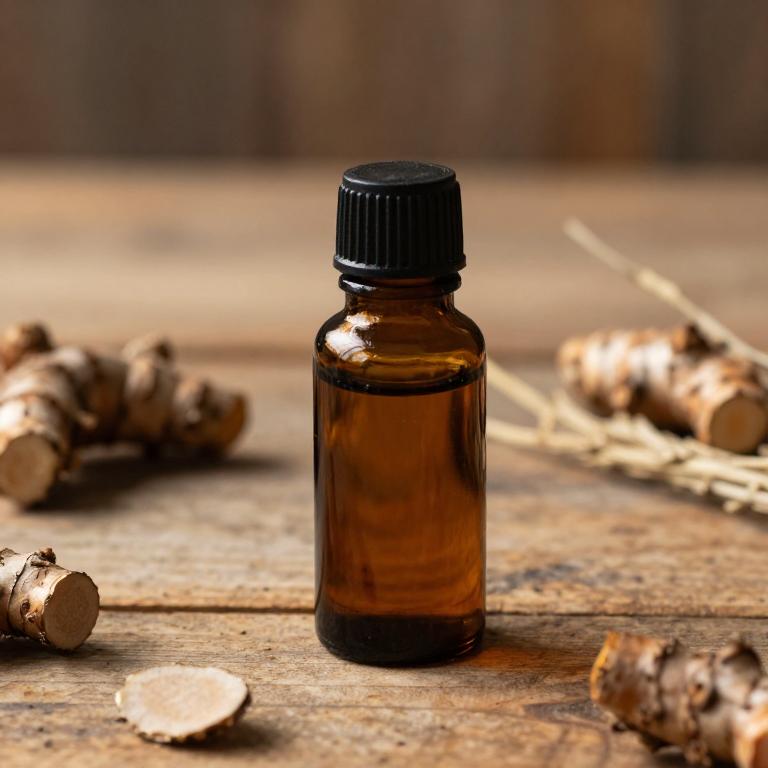
Curcuma longa, commonly known as turmeric, contains curcumin, a bioactive compound that has shown potential in the management of osteoarthritis.
Essential oils derived from Curcuma longa may offer anti-inflammatory and analgesic properties that could help reduce joint pain and inflammation associated with the condition. These oils are often used in aromatherapy and topical applications to provide localized relief without systemic side effects. While research is ongoing, some studies suggest that curcuminoids in turmeric may support cartilage health and slow the progression of joint degeneration.
However, it is important to consult with a healthcare professional before using Curcuma longa essential oils as a complementary therapy for osteoarthritis.
2. Zingiber officinale

Zingiber officinale, commonly known as ginger, contains essential oils that have been traditionally used for their anti-inflammatory and analgesic properties.
These essential oils, derived from the root of the plant, include compounds such as zingiberene and bisabolene, which contribute to their therapeutic effects. Studies suggest that ginger essential oils may help reduce joint inflammation and pain associated with osteoarthritis by inhibiting inflammatory pathways in the body. When used topically or in aromatherapy, these oils can provide localized relief and improve mobility in affected individuals.
However, it is important to consult a healthcare professional before using ginger essential oils, especially for those with existing health conditions or who are taking medications.
3. Salvia officinalis
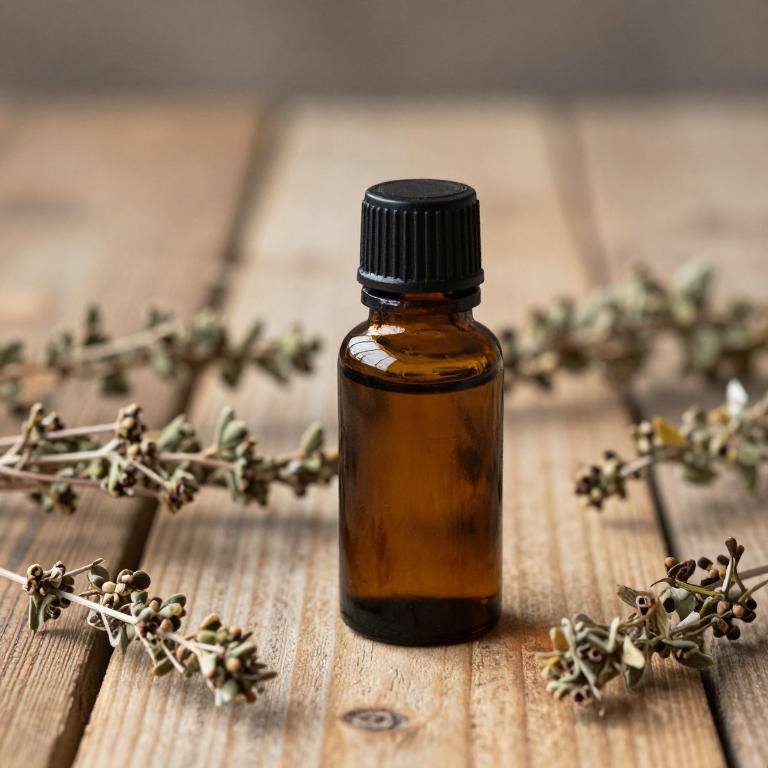
Salvia officinalis, commonly known as common sage, contains essential oils that have been explored for their potential therapeutic effects on osteoarthritis.
The primary compounds in these oils, such as cineole and camphor, possess anti-inflammatory and analgesic properties that may help reduce joint pain and swelling associated with the condition. Studies suggest that topical application of sage essential oil, often diluted with a carrier oil, can provide localized relief and improve mobility in individuals suffering from osteoarthritis. However, more clinical research is needed to fully establish its efficacy and safety for long-term use.
Despite its promising properties, it is important to consult a healthcare professional before incorporating sage essential oils into a treatment regimen for osteoarthritis.
4. Capsicum annuum

Capsicum annuum, commonly known as bell pepper, contains capsaicin, which is the active compound responsible for its heat and potential therapeutic effects.
Essential oils derived from Capsicum annuum have been explored for their anti-inflammatory and analgesic properties, making them a subject of interest in the treatment of osteoarthritis. These oils may help reduce pain and inflammation by interacting with pain receptors in the body, potentially offering a natural alternative to conventional treatments. However, research on their efficacy for osteoarthritis is still in its early stages, and more clinical studies are needed to confirm their safety and effectiveness.
Despite this, some individuals use Capsicum annuum essential oils in topical applications to manage joint pain and improve mobility.
5. Cinnamomum zeylanicum
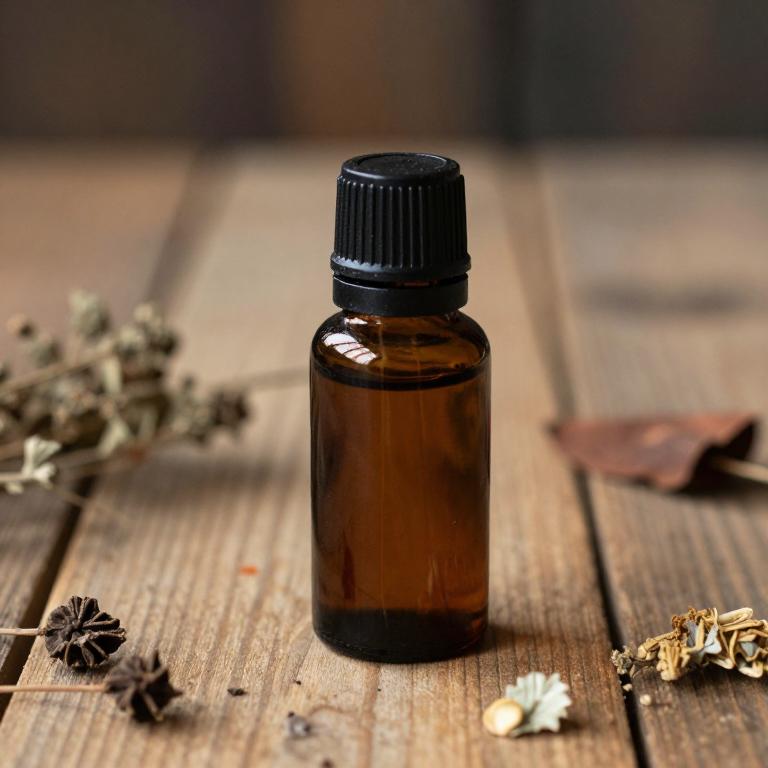
Cinnamomum zeylanicum, commonly known as cinnamon, produces essential oils that have been traditionally used for their anti-inflammatory and analgesic properties.
These oils contain compounds like cinnamaldehyde and eugenol, which may help reduce inflammation and pain associated with osteoarthritis. Studies suggest that topical application of cinnamon essential oil may offer relief by improving circulation and reducing joint stiffness. However, it is important to dilute the oil properly before use to avoid skin irritation.
While promising, more clinical research is needed to fully establish its efficacy and safety for managing osteoarthritis symptoms.
6. Boswellia serrata
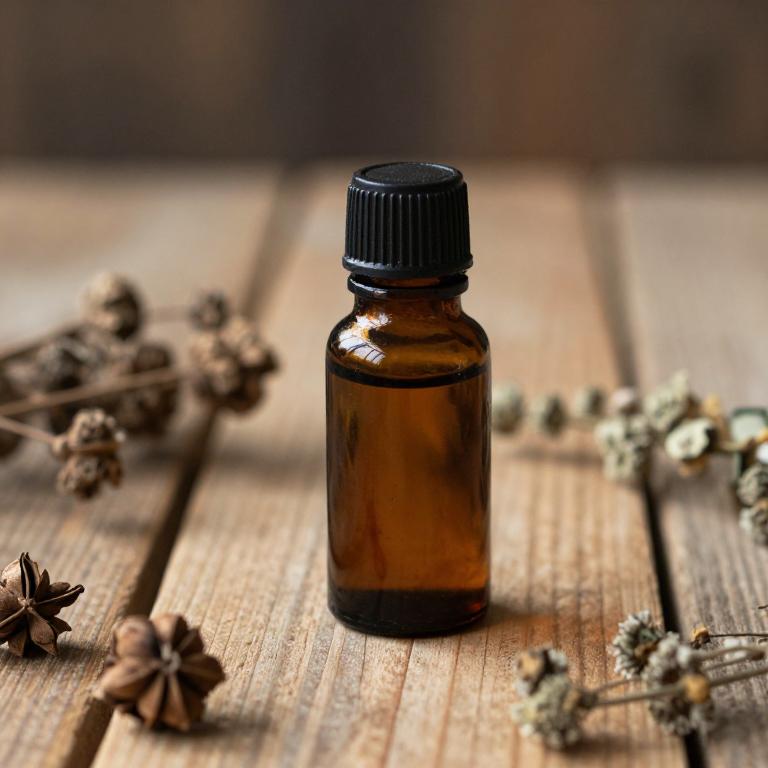
Boswellia serrata, also known as Indian frankincense, contains active compounds called boswellic acids that have been shown to reduce inflammation and pain associated with osteoarthritis.
Essential oils derived from Boswellia serrata are often used in aromatherapy and topical applications to alleviate joint discomfort and improve mobility. These oils may help inhibit the production of inflammatory enzymes, thereby reducing joint swelling and stiffness. Studies suggest that regular use of Boswellia serrata essential oils can complement conventional treatments for osteoarthritis.
However, it is important to consult with a healthcare professional before incorporating these oils into a treatment regimen.
7. Piper nigrum
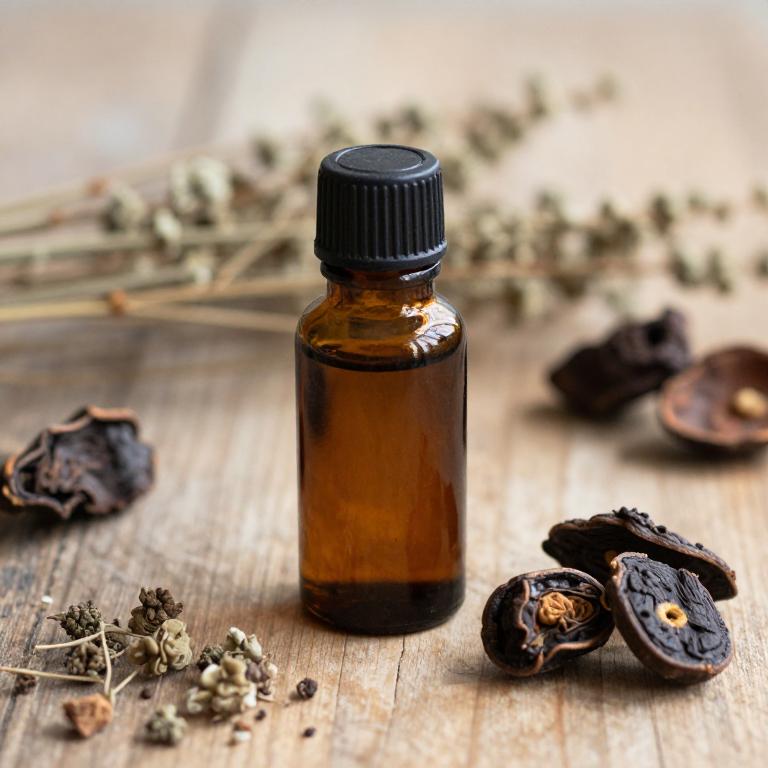
Piper nigrum, commonly known as black pepper, contains essential oils that have been explored for their potential therapeutic effects, including anti-inflammatory and analgesic properties.
These essential oils, derived from the dried fruit of the Piper nigrum plant, may help reduce pain and inflammation associated with osteoarthritis by inhibiting pro-inflammatory pathways in the body. Some studies suggest that the active compounds in black pepper essential oils, such as piperine, may enhance the bioavailability of other anti-inflammatory agents, potentially improving their effectiveness. However, more clinical research is needed to fully establish the safety and efficacy of piper nigrum essential oils as a complementary therapy for osteoarthritis.
Despite promising preliminary findings, it is important to consult with a healthcare professional before using these oils, especially in combination with other treatments.
8. Nigella sativa
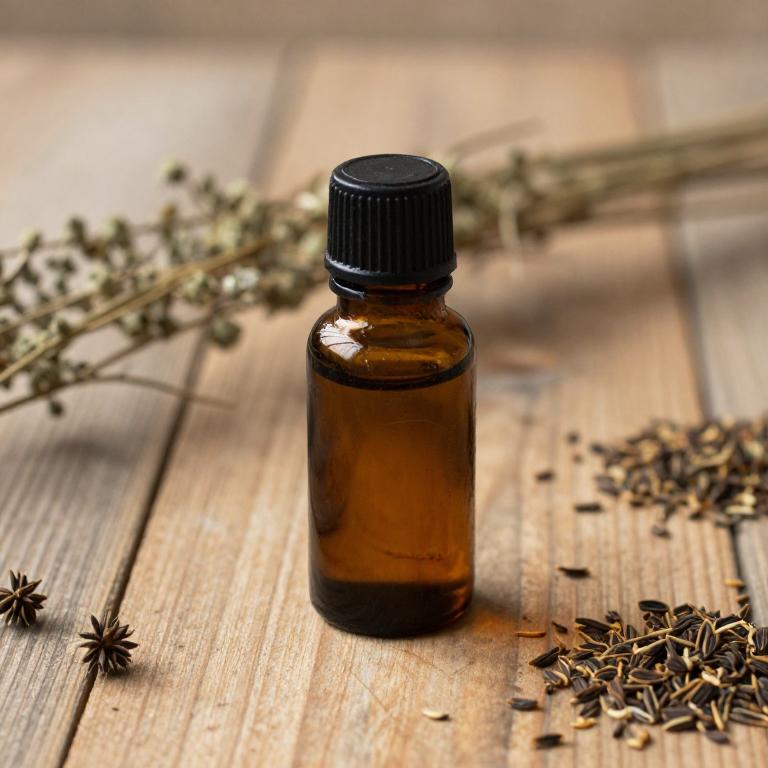
Nigella sativa, commonly known as black cumin, has been traditionally used for its medicinal properties, and its essential oil is believed to possess anti-inflammatory and analgesic effects.
Research suggests that the essential oil of Nigella sativa may help reduce joint inflammation and pain associated with osteoarthritis by inhibiting inflammatory markers such as cytokines and enzymes involved in cartilage degradation. Some studies have indicated that topical application of the oil may provide localized relief, although more clinical trials are needed to confirm its efficacy and safety. The oil is often used in aromatherapy and may be combined with other essential oils for enhanced therapeutic benefits.
However, due to limited long-term data, it is advisable to consult a healthcare professional before using Nigella sativa essential oil as a treatment for osteoarthritis.
9. Vitex agnus-castus

Vitex agnus-castus, commonly known as chaste tree, has been traditionally used in herbal medicine for its potential therapeutic effects.
While primarily recognized for its role in hormonal balance, vitex essential oils may offer anti-inflammatory and analgesic properties that could support the management of osteoarthritis. These essential oils contain compounds like linalool and eucalyptol, which have been studied for their ability to reduce joint inflammation and pain. However, more clinical research is needed to fully understand their efficacy and safety in treating osteoarthritis.
As with any herbal remedy, it is advisable to consult a healthcare professional before incorporating vitex essential oils into a treatment plan for osteoarthritis.
10. Eucalyptus globulus
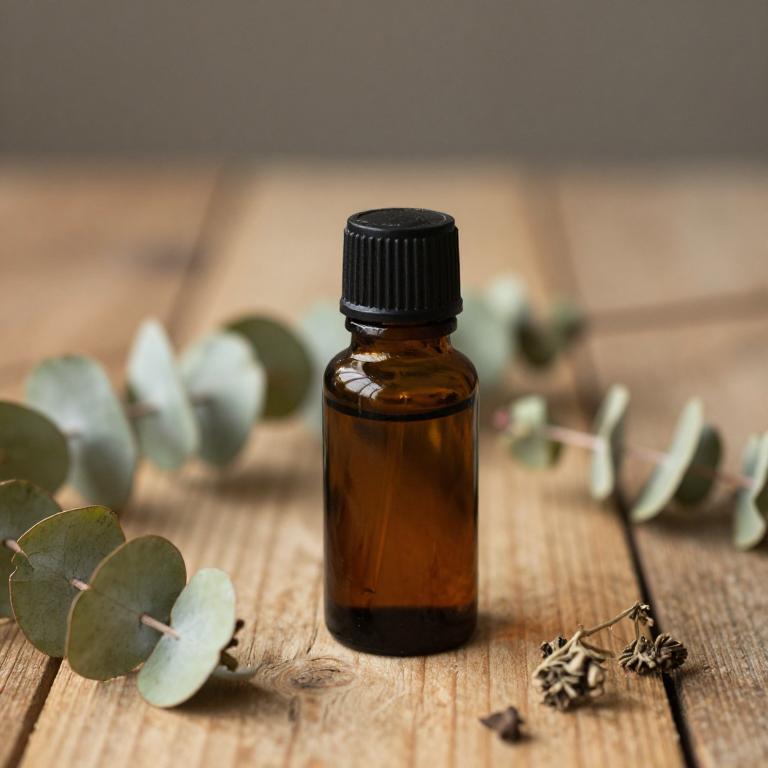
Eucalyptus globulus, commonly known as eucalyptus camphoraceous, is a species of eucalyptus tree native to Australia, and its essential oil is widely used in herbal medicine for its anti-inflammatory and analgesic properties.
The essential oil contains compounds such as 1,8-cineole, which have been shown to reduce inflammation and pain, making it a potential natural remedy for osteoarthritis. Studies suggest that topical application of eucalyptus globulus oil may help alleviate joint discomfort and improve mobility in individuals with osteoarthritis. However, it is important to dilute the oil properly before use to avoid skin irritation, as undiluted essential oils can be harsh.
While more research is needed, eucalyptus globulus essential oil shows promise as a complementary therapy for managing symptoms of osteoarthritis.